Protist pathogens affect plants and food crops. They have two kinds of spiky structures on their surface.
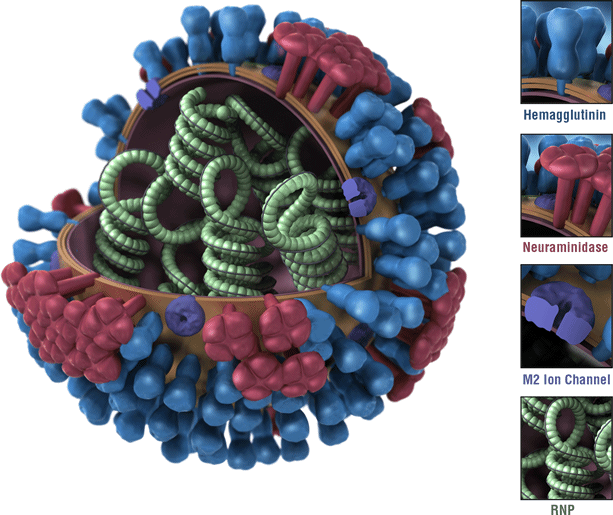 Types Of Influenza Viruses Cdc
Types Of Influenza Viruses Cdc
Humans are generally infected by viruses of the subtypes H1 H2 or H3 and N1 or N2.

Which pathogen causes influenza. 9 diseases that could cause a major epidemic 0922016. When animal subtypes occasionally cause human illness directly fatality rates may be high. Major epidemics are caused by A and B and it is usually these two varieties that cause the flu.
It is long proposed that this mixing happened in an intermediate host possibly pigs. Animals and humans can contract type A flu because the flu virus can be transmitted from animals to humans. A B C and D.
The 1957 and 1968 flu pandemics were caused by reassortant viruses with some gene segments from avian influenza viruses and other segments from circulating human flu viruses. The most feared pathogens. Symptoms range from mild to severe and often include fever runny nose sore throat muscle pain headache coughing and fatigue.
Human influenza A and B viruses cause seasonal epidemics of disease known as the flu season almost every winter in the United States. While more than 100 different viruses can cause a cold only influenza virus types A B and C cause the flu. Influenza viruses which are part of the Orthomyxoviridae family of viruses cause the flu.
This virus constantly changes and can cause annual flu epidemics. Influenza A viruses are the only influenza viruses known to cause flu pandemics ie global epidemics of. In this paper the contribution of pathogens to seasonality of ILI consultations was statistically modelled.
Malaria avian influenza and dengue were not included because there are major ongoing control and research. Some of the diseases that are caused by viral pathogens include smallpox influenza mumps measles chickenpox ebola HIV rubella and COVID-19. Influenza-like illnesses ILIs are caused by several respiratory pathogens.
To complete their life cycle influenza viruses have evolved multiple strategies to interact with a host. Animal subtypes of influenza viruses are usually not very efficient in infecting humans without previous adaptation to mammalian hosts or reassortment with human viruses. Type A and B viruses cause the large seasonal outbreaks.
They have a diameter of about 100 nanometers making them a medium sized virus. These pathogens show weak to strong seasonal activity implying seasonality in ILI consultations. The concentration of pathogen needed to kill 50 of an infected group of test animals is the _____.
An _____ pathogen causes disease only when conditions are favorable for the microorganism because of transfer to an inappropriate body site or weakened immunity in an individual. There are three types of influenza viruses. Foods containing protists can cause dysentery which is an infection of the intestines that causes diarrhea.
A B and C. Influenza A virus IAV a highly infectious respiratory pathogen has continued to be a significant threat to global public health. It causes mild disease in pigs but severe disease in humans killing 40 of.
A and B which are responsible for seasonal flu epidemics in people. This 10-year endeavor finally led them to identify the pathogenic agent that had caused the great 1918 pandemic. Periodic outbreaks have been reported in Bangladesh.
There are four types of influenza viruses. These symptoms typically begin 14 days after exposure to. Further sequencing analyses suggested that the 1918 virus may be of avian origin and transmitted from birds to humans directly or indirectly although this is remains controversial.
Protist pathogens can also be. That is influenza A virus subtype H1N1. A large number of studies have revealed that the evolution of.
Influenza commonly called the flu is an infectious disease caused by influenza viruses. Four types of the virus exist.
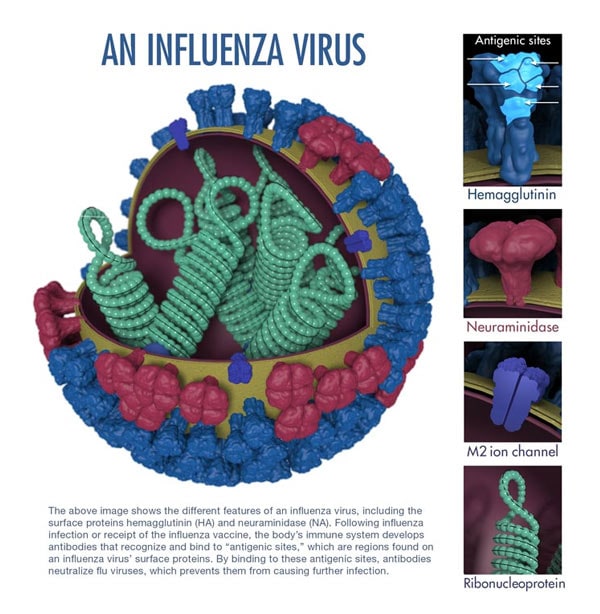 Images Of Influenza Viruses Cdc
Images Of Influenza Viruses Cdc
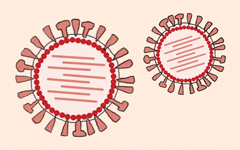 Influenza Virus Pathogen And Clinical Presentation Otsuka Pharmaceutical Co Ltd
Influenza Virus Pathogen And Clinical Presentation Otsuka Pharmaceutical Co Ltd
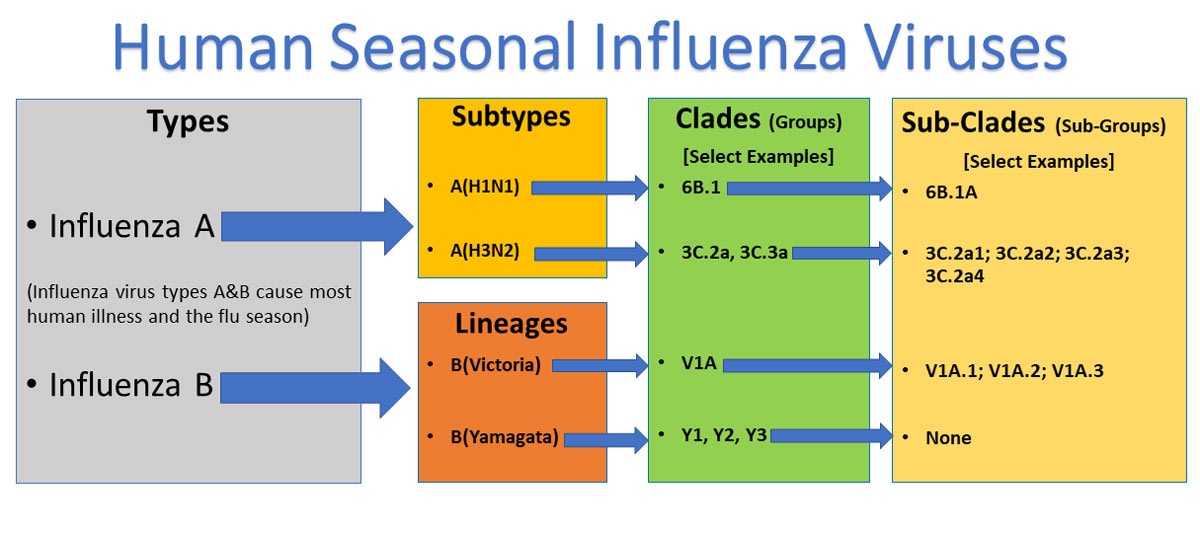 Types Of Influenza Viruses Cdc
Types Of Influenza Viruses Cdc
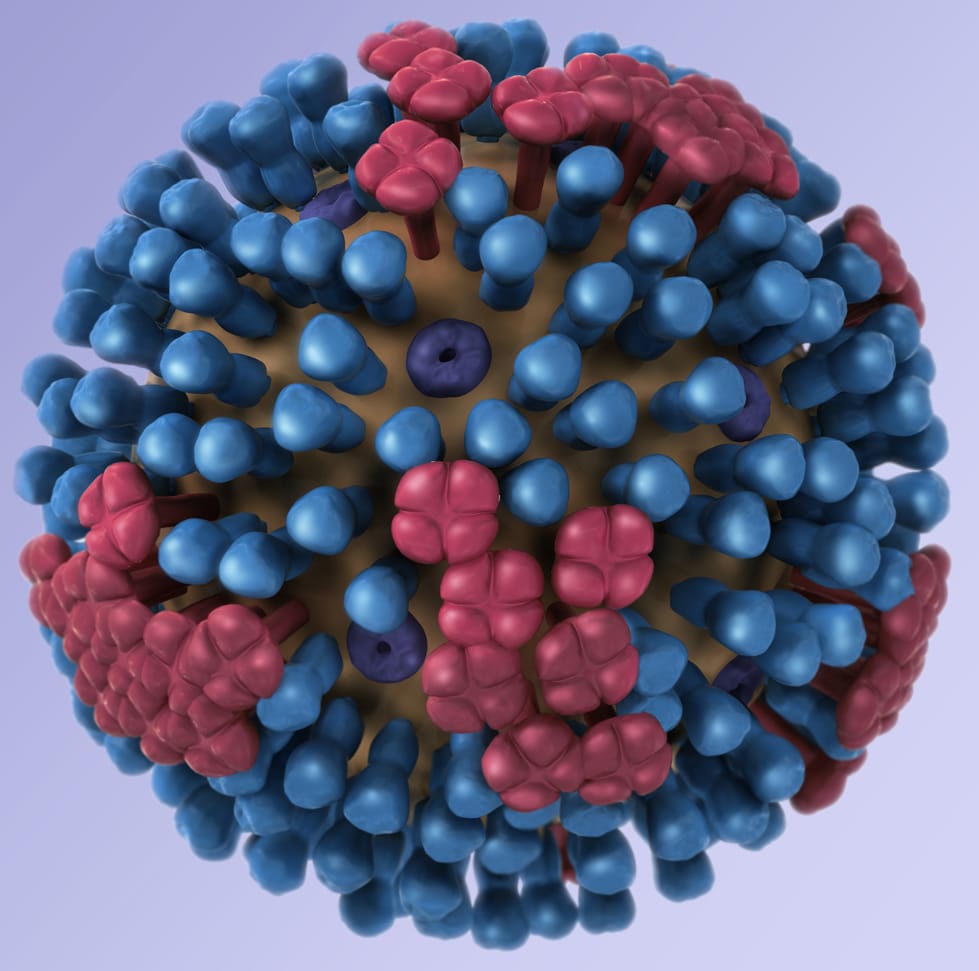 Images Of Influenza Viruses Cdc
Images Of Influenza Viruses Cdc
 Mild 2018 2019 Influenza Epidemic Rivm
Mild 2018 2019 Influenza Epidemic Rivm
 Influenza An Ever Evolving Target For Vaccine Development
Influenza An Ever Evolving Target For Vaccine Development
Influenza Interaction With Cocirculating Pathogens And Its Impact On Surveillance Pathogenesis And Epidemic Profile A Key Role For Mathematical Modelling
 Orthomyxoviridae Orthomyxoviruses Group Of Highly Contagious Human Pathogenic Viruses Cause Influenza In Humans Many Other Animals General Characteristics Ppt Download
Orthomyxoviridae Orthomyxoviruses Group Of Highly Contagious Human Pathogenic Viruses Cause Influenza In Humans Many Other Animals General Characteristics Ppt Download
Plos Pathogens Pathogenesis Of The 1918 Pandemic Influenza Virus
 Pandemic Why A Global Influenza Pandemic Is Not A Cause For Concern Ted Espenschied Ppt Download
Pandemic Why A Global Influenza Pandemic Is Not A Cause For Concern Ted Espenschied Ppt Download

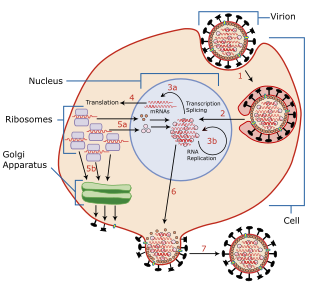



No comments:
Post a Comment
Note: Only a member of this blog may post a comment.